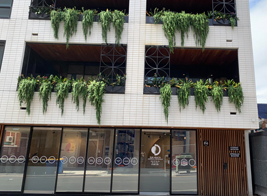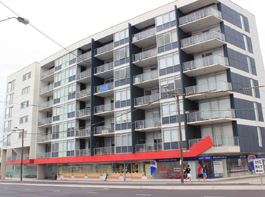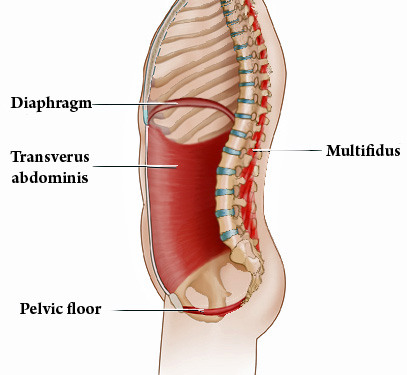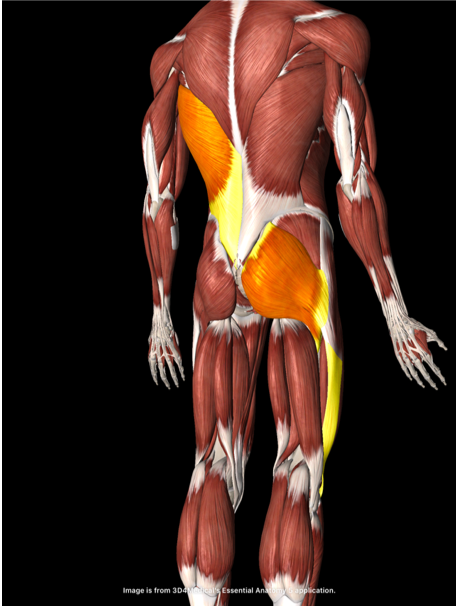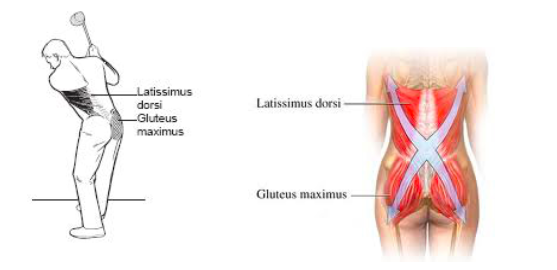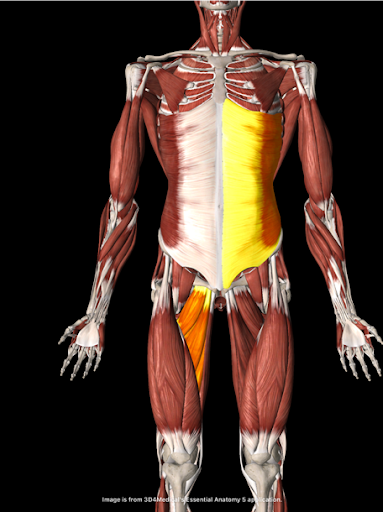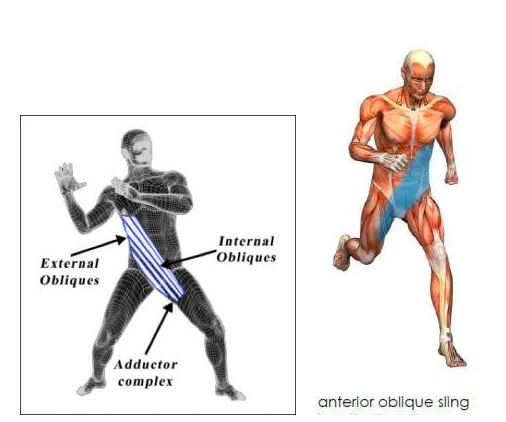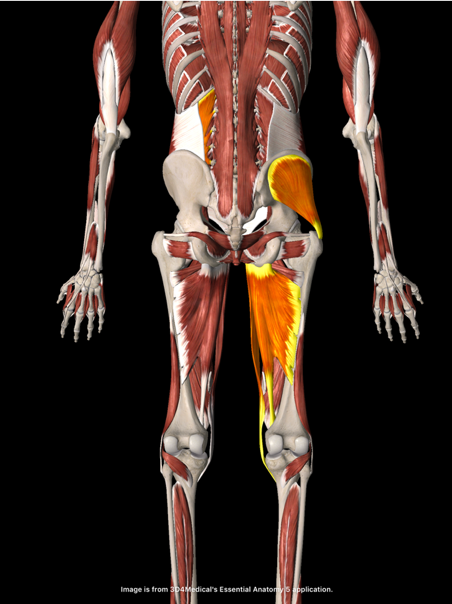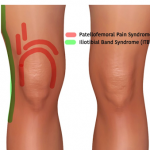What has the new normal of “Working-From-Home” leads to for your health?
One day you’re at your company desk, the next you’re WFH indefinitely in a pandemic. Here’s how to make your home set up ergonomically, body-friendly and best of all, working for you.
Due to this pandemic, more and more people are working from home at the moment. Albeit working from home has its own perks it also comes with its own disadvantages.
Disadvantages such as there is no separation between work and home space. Most people end up working longer hours as there is no longer a clear separation between working and relaxing areas.
Most people will also find that working from home cannot be as ideal as they were when they are working in the office.
This together with the prolong working hours will lead to many health issues and many have already started experiencing them such as having back, neck, hip stiffness and regular headaches are just some of the examples.
As your body has probably already informed you, the same desk habits that suited you at the office may not work at home, where you move much less, fight for space and spend more time in your PJs. Whether you’re suffering from a sore neck and shoulders, headaches, lower back pain or wrist cramps, it’s all very common and can be easily fixed.
Here are some easy hacks that you can start doing to make working from home more comfortable and productive for you
1. Take your time to set up your workstation. We have a video here to show you how you can optimise your workstation at home as close to ideal as possible so make sure you check them out!
2. If possible, set a room designated for work only. In that way you will have a specific space at your house that you can relate as a “work area” and anywhere else would be your “ relax zone” this will help you find more work-life balance even when you are working at home.
3. Regular stretches throughout working hours. Here’s a video that will help break up your long working days and will help prevent tightness build up from prolonged sitting.
4. Regular exercises. Try to find 30-45 minutes daily doing any exercise that you enjoy. This will help keep your cardiovascular fitness and general strengthen and joints mobilities but it will also significantly help out your mental load in this difficult times.
If after trying out all these hacks and tips and you are still experiencing aches and pain, it’s time for you to seek some professional help.
Here at Capital Physiotherapy we can help you accurately diagnose and treat your aches and discomfort.
If you still have issues with your pain or if you wish to continue your rehab for full rehabilitation of your issues, we strongly encourage you to book a session with one of our fully qualified physiotherapists here in Capital Physiotherapy.
Our physiotherapist will be able to give you more individualised advice that is tailored for your particular needs.
At Capital Physiotherapy, your initial appointment is 40-60minutes long. This allows our physios to be thorough in their assessment, as well as giving them enough time to give you treatment on the same consultation!
For physiotherapy related concerns, you may visit one of our clinics like the one in Footscray area or email us at info@capitalphysiotherapy.com.au. We also provide Telehealth Consultation for your safety and convenience during this pandemic.


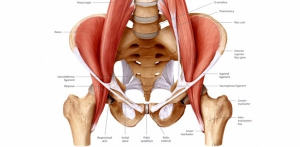
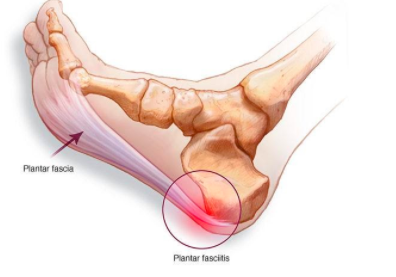
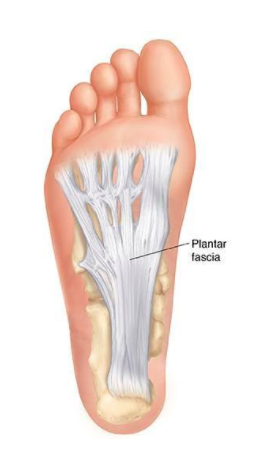
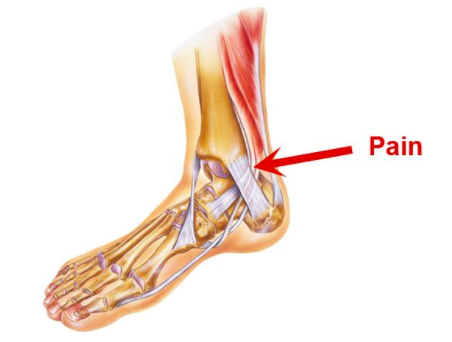
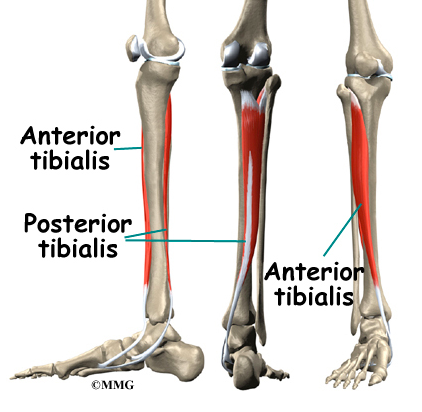
 With her wealth of clinical experience – in both public and private systems, Melanie is contactable at Capital Physiotherapy’s Hawthorn Physio clinic to provide you with the best physio treatment in the Hawthorn and for the surrounding suburbs.
With her wealth of clinical experience – in both public and private systems, Melanie is contactable at Capital Physiotherapy’s Hawthorn Physio clinic to provide you with the best physio treatment in the Hawthorn and for the surrounding suburbs.